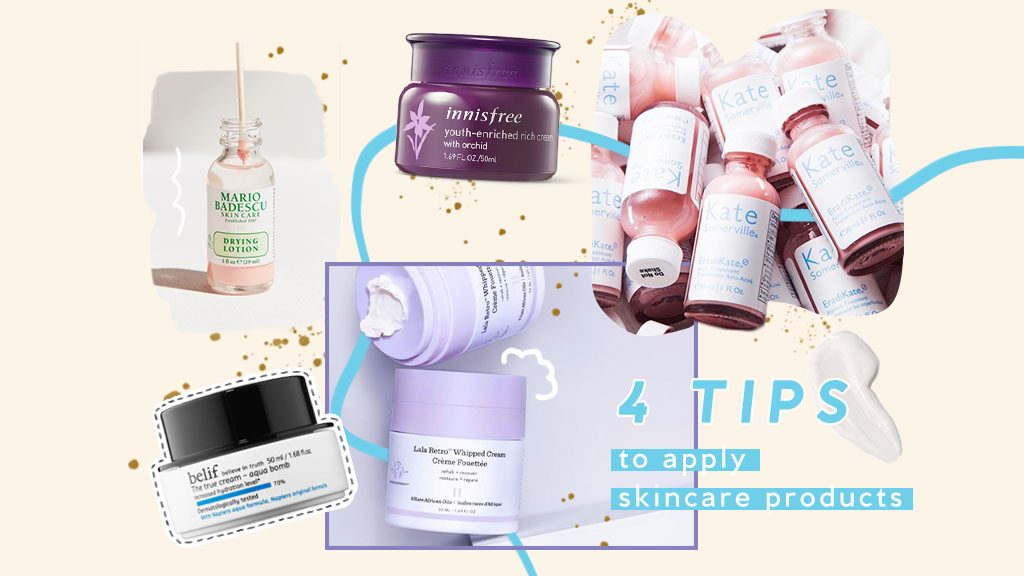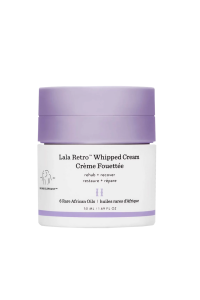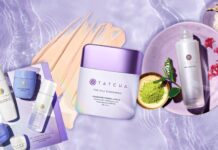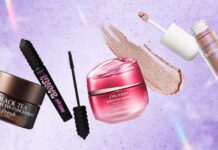
With so many skincare products out there, how do we know what is the best way to apply them? What should we do to get the most out of our products in our routine? Here are 4 tips on what you should do.
1. Spot Treating
They’re known as concentrated bottles (squeeze tubes?) of active ingredients that work to diminish your breakouts and calm inflammation. Spot treatments range in a variety of textures and types. But regardless of what types you buy, they all contain similar ingredients for the same outcome. The spot treatments are to kill off acne-causing bacteria and to dry out that pimple!
One of the many spot treatments that you might have seen come in the forms of tiny glass vials. These vials contain clear liquid and a colored sediment (typically pink). Hence the name: pink powder solutions! These forms of treatment contain alcohol as the base for disinfecting. They also contain mixtures of calamine, zinc oxide, and sulfur to help dry up the pimple.
To use it, dip a Q-tip to grab the powder settled at the bottom of the bottle. As you pull the Q-tip out, the swab is coated with alcohol to disinfect your zit.
Salicylic Acid
Another spot treatment is salicylic acid, which is a BHA (Beta Hydroxy Acid). BHAs help the skin by breaking down excess sebum, killing acne causing bacteria, and breaking up pore clogging debris. You can find salicylic acid in many acne catered skincare products. Whether they are used in cleansers or as spot treatments, salicylic acid is effective in any form. Just make sure your product contains at least a 2% concentration of this ingredient.
Essential Oils
Lastly, essential oils also contribute as great spot treatments when used properly. Essential oils such tea tree oil and peppermint oil have anti-inflammatory and anti-bacterial properties. They can help shrink the appearance of pimples, fight off bacteria that triggers acne, and make your face smell good!
Best Way to Apply Spot Treatment
Make sure that you apply right after the last step of your evening skincare routine. Applying the spot treatment directly after cleansing and then applying your evening skincare can dilute the product. It can also spread the spot treatment around your face when you’re rubbing your other products onto your face. This is something to keep in mind because this can spread the spot treatment towards sensitive areas of your face. And trust us when we say: don’t get it into your eye!
For those of you with sensitive skin, take extra care in using essential oils to spot treat! Make sure you dilute the essential oil with a carrier oil. Examples of carrier oils include coconut, avocado, and other seed, kernel or nut oils.
Product Recommendations
2. Moisturizing During the Day and Night
There are reasons why day creams for the day, and night creams are for the night.
The reason?
Your skin behaves differently depending on the time of the day. During the day, you’re exposing yourself to a variety of pollutants in the air. This causes your skin to actively fight to protect your body. During the evening hours, your skin and body are in repair mode as you sleep. When you enter R.E.M sleep, your skin is at its peak state of repair to regenerate new cells and tissues. Hence the best way to use your moisturizers is to choose ones that reflect the state of your skin.
Day Creams
Day creams are generally more lightweight in consistency and are gel-like. It is beneficial when paired with a good sunscreen during the day. Because your skin and body are active, they produce oils and sweat instead of repairing itself. Thus, your day creams act as a protective shield throughout the day, while keeping the skin moisturized.
Night Creams
Night creams are packed with essential ingredients such as retinoids and peptides, which help aid in cell turnover. They also contain as well as soothing and repairing the skin. Since your skin becomes dehydrated during the night, look for creams that are thicker in consistency and offers nourishing ingredients. These ingredients help maintain the skin’s elasticity and moisture.
Product Recommendations
3. Best Way to Use Benzoyl Peroxide
In a nutshell, benzoyl peroxide is an ingredient that’s used to kill acne causing bacteria. It is also considered one of the more potent ingredients for treating acne.
Since it has antimicrobial properties, this ingredient can be very potent, especially for moderate to severe forms of acne. Therefore, many people turn to benzoyl peroxide when they’re facing papules or pustules. These are large and inflamed bumps growing from deep within the skin’s surface. But if you have whiteheads or blackheads, it’s best to stick to other acne treating ingredients such as salicylic acid.
The best way to make use is to always apply a moisturizer before spot treating or using anything containing this acne-fighting ingredient. By using a moisturizer before applying benzoyl peroxide to your skin, you’re allowing the ingredient to work more effectively. Another tidbit to consider is that using too big of a concentration can irritate your skin. Benzoyl peroxide is offered in concentrations of 2%, 5% or 10%. Whenever possible, start from as little as 2% and work your way upwards when necessary.
Product Recommendations
4. Exfoliating Away Flaky Skin
You’ve probably ran into the scenario of flaky skin more than once in your life. And probably by reaction, you used peeling or exfoliating scrubs more than once to get them to go away.
It works for a while, and then it doesn’t. So what’s going on?
It’s good to exfoliate your skin every once in a while. In fact, many dermatologists and products suggest that you exfoliate no more than twice a week. But when you continuously exfoliate and still see those stubborn dry flakes and patches, it could be from a lack of moisture.
Healthy skin actually functions on hydration and moisture. When your skin is flaky and dry, it’s possible that it’s parched and doesn’t have enough moisture. When you insist on exfoliating, you’re going to make the situation worse.
Over-exfoliating can lead to disruptions and damage to our skin barrier. This can then result in inflammation, irritation, stinging, dry cracks, and even micro-tears to our skin.
So what’s the best way to rid ourselves of flaky skin?
Concentrate on rebuilding your skin barrier. Lay off your exfoliants to the side and apply basic moisturizers and hydrating serums. Ingredients best suited for rebuilding skin barriers include hyaluronic acid, ceramides, glycerin, and other humectants.
Product Recommendations
For more detailed information on skincare combinations, check out the full video:
Head over to more information and product recommendations:

















